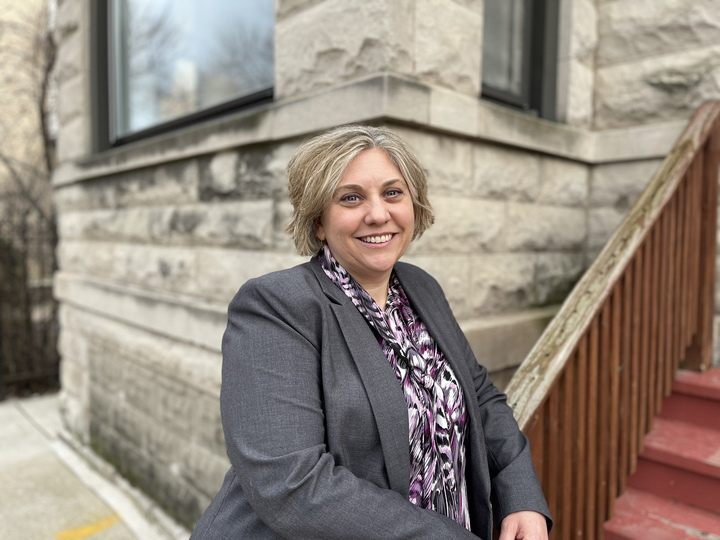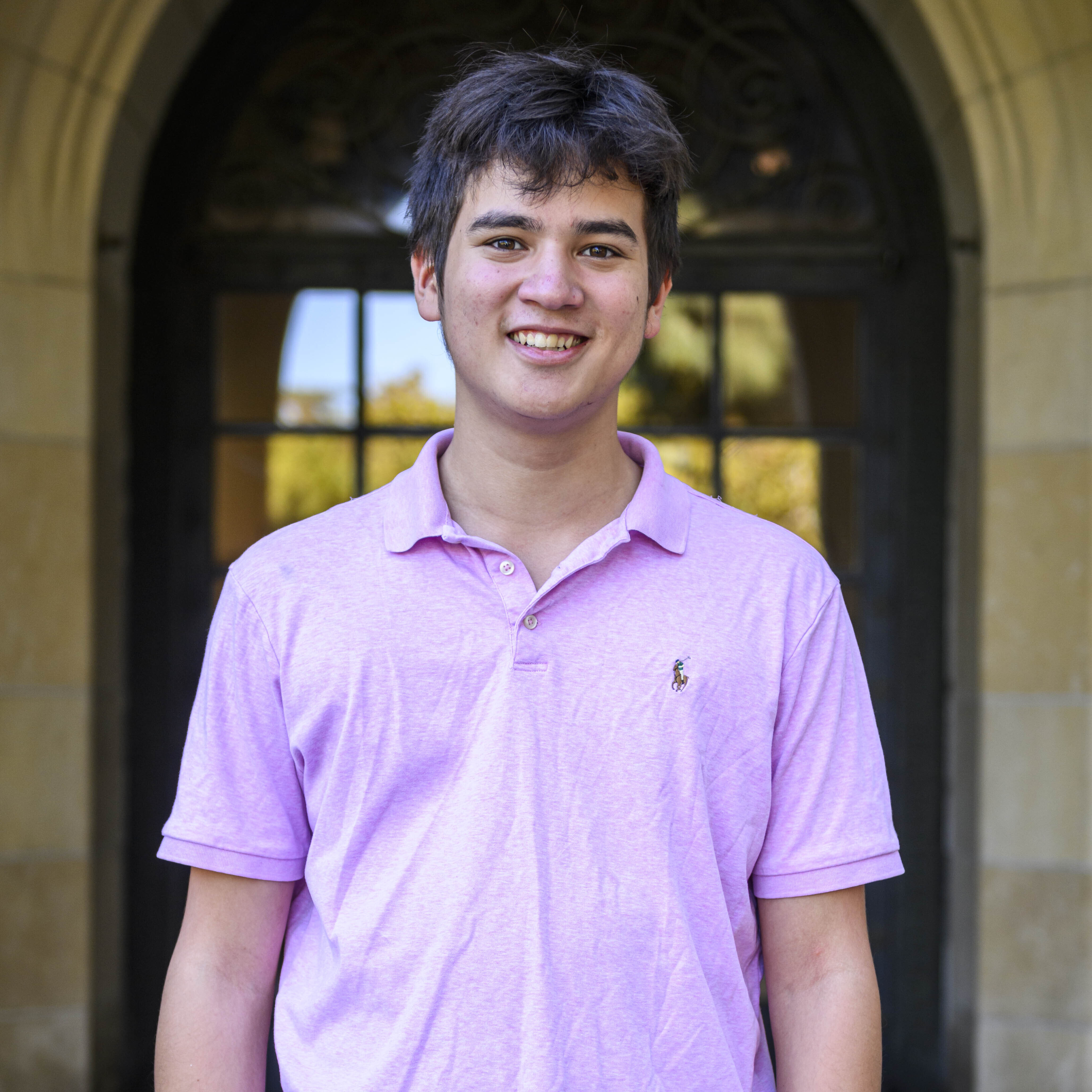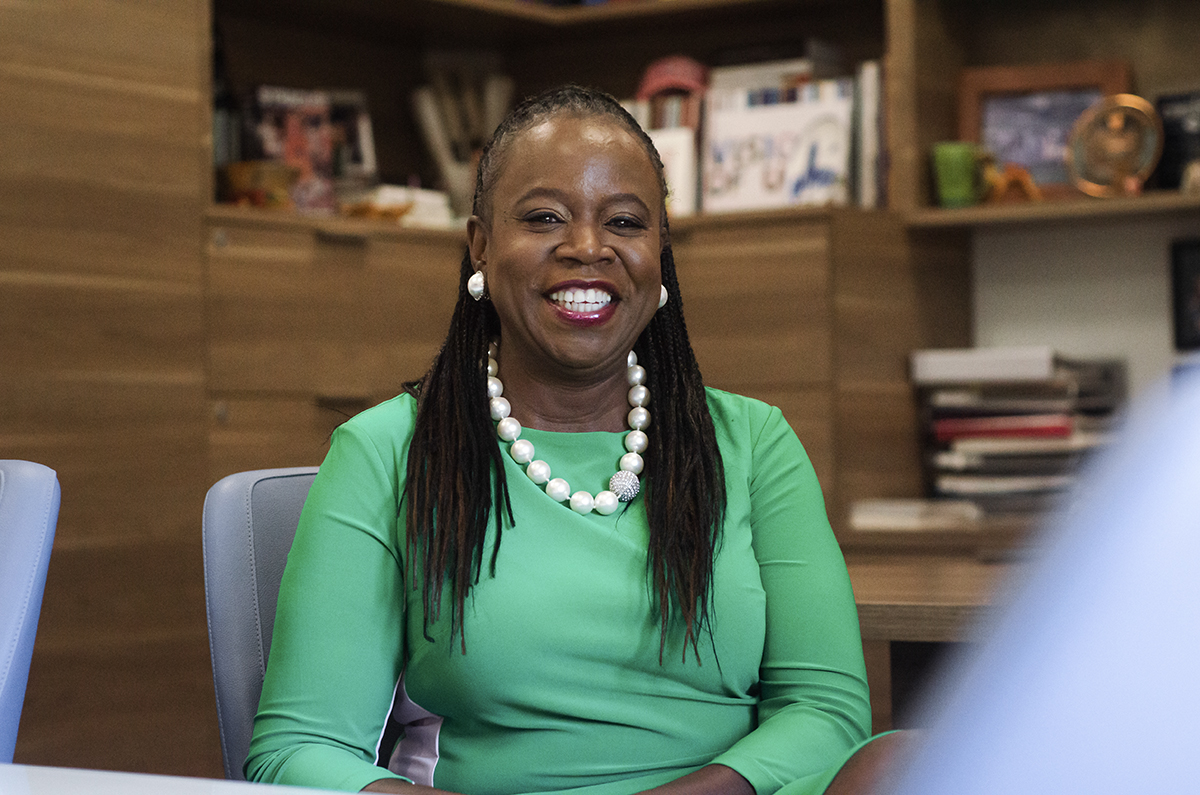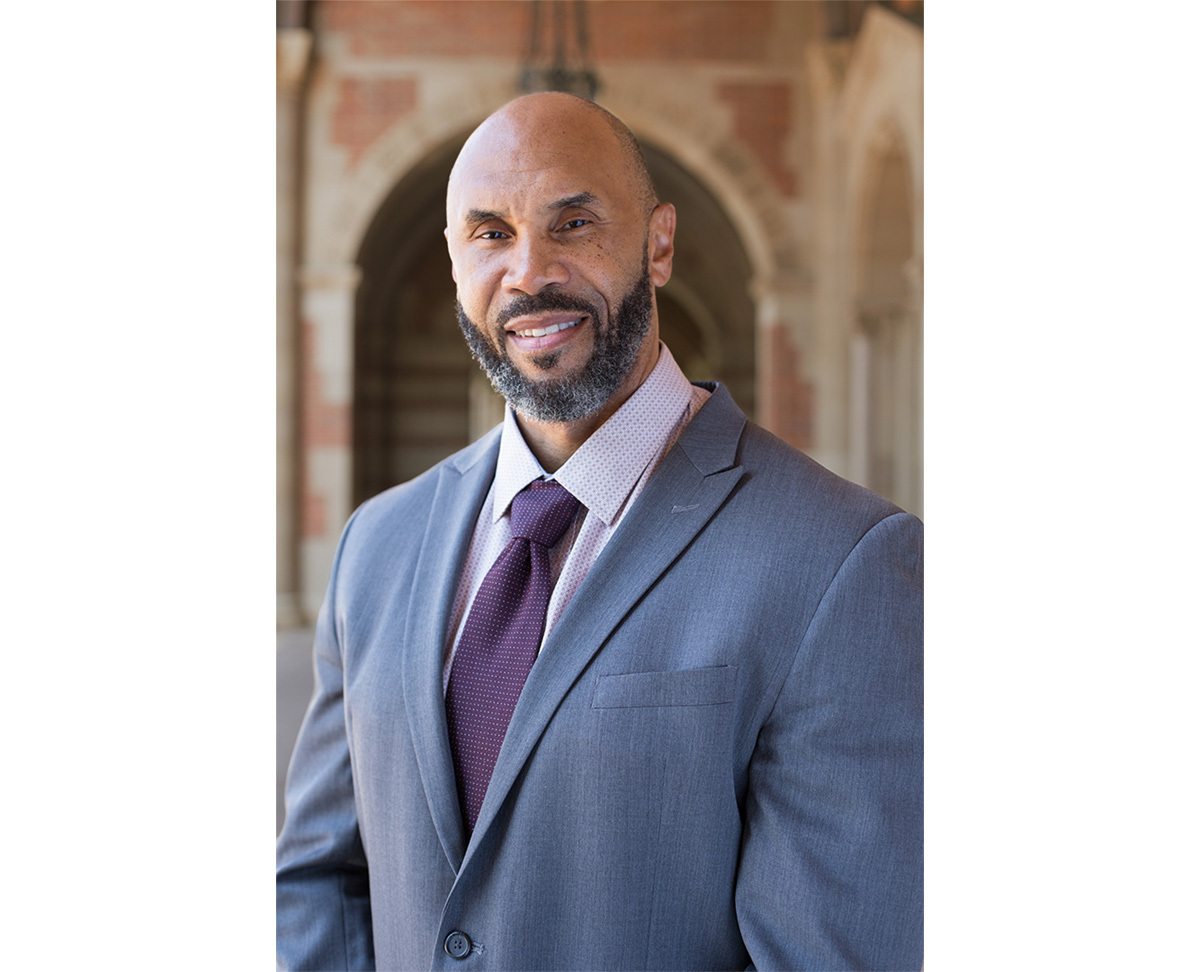Q&A: Erin Sanders O’Leary talks new role as vice provost for teaching and learning

The incoming vice provost for teaching and learning Erin Sanders O’Leary, pictured. (Courtesy of Erin Sanders O’Leary)

By Dylan Winward
April 19, 2023 12:00 a.m.
This post was updated April 19 at 4:32 p.m.
Erin Sanders O’Leary, the inaugural vice provost for teaching and learning at UCLA, sat down with the Daily Bruin to discuss her experiences, qualifications and plans for her new role.
O’Leary is set to take up the position in August for a five-year term, having been appointed in March. She returns to the campus after a stint as executive director of the Center for the Advancement of Teaching Excellence at the University of Illinois Chicago.
This interview between O’Leary and the Daily Bruin has been edited for length and clarity.
DB: What positions have you held at UCLA before, and how have those helped shape you for the role that you’re about to undertake?
ESO: I did my PhD in the department of biological sciences at the David Geffen School of Medicine. … Then, I stuck around and started teaching full time for the department of microbiology, immunology and molecular genetics.
I was charged to rethink and reimagine the undergraduate laboratory curriculum for MIMG majors. When I started teaching, I think the lab curriculum … had sort of been the core curriculum for something like 20-plus years at that point, … and it didn’t really inspire a lot of passion. … I had a lot of questions about the curriculum and wasn’t really sure who it was for, who it was serving, what the students were getting out of it. … The inquiry, the questions, the curiosity, the imagination, the troubleshooting, the frustration, the failure, the trying, the perseverance – all of that is part of the scientific process, and so I wanted to bring that into the curriculum.
Ultimately, we what we did was create what are called CUREs – course-based undergraduate research experiences … to help students because it’s about an authentic research experience. It’s about … replicating the kind of experience that you would have in a research lab being mentored by a faculty member. … It gives students a chance to ask questions, try and fail, troubleshoot, deeply explore a topic or concept, a line of investigation. … We don’t take multiple choice tests when we’re trying to demonstrate our findings to our scientific peers. We write about it, we present, we create scientific posters, we share this at conferences with others, we get feedback, and we try to think about how that influences the next step in our line of inquiry. So for the assessment for these courses, we replicated that, and we started collaborating with others across the institution to give students an opportunity to do poster fairs and presentations. That whole evaluation piece changed with respect to these courses.
DB: What first got you really interested and excited about teaching and learning?
ESO: I was an undergrad at DePaul University here in Chicago, and I needed a job. DePaul, my undergrad alma mater, actually hired undergrads to be TAs. … So I got a job as an undergrad TA, and I was teaching chemistry courses.
It was challenging to do that, because as a student, we’ve learned things, but we don’t necessarily think about, “How would I teach this to someone else?” It really transforms the way in which you digest that information and reconfigure it to explain it to someone else. And I just thought, “This is great. I like doing this.” I hadn’t really thought about teaching before. (I) had planned to go to graduate school and do research, but hadn’t really thought really seriously about teaching.
I really wanted students to come away having achieved the learning objectives that we want students to achieve in any course or curriculum, but (also) being able to articulate and say, “Why does this matter?” … You can transform someone’s life through a 50-minute experience three times a week, and that’s a lot of power, so I think it has to be used wisely and carefully.
DB: What projects are you excited about working on at the UCLA Teaching and Learning Center and in your new role as vice provost?
ESO: The office itself has three components to it. There’s the campuswide Teaching and Learning Center that supports a lot of the core services that faculty and instructors need to support their teaching. … Then, connected to this, there are these discipline-specific teaching and learning centers scattered around campus. … And CEILS (Center for Education Innovation and Learning in the Sciences) that I founded in the science is one example. So those are, in some ways, those same kinds of support and services for faculty, but they’re embedded in the disciplines. … But those (centers) collectively are not reporting to – but are very much interrelated and interfacing very closely with – the campuswide center.
The third piece is the pedagogical research area. This is an area I’m particularly interested in because it’s new. … So now, we have an office where you can really bring people together and think about bigger questions impacting teaching and learning. … It creates an opportunity for UCLA to really kind of be this beacon of innovation.
DB: What are the kinds of opportunities and challenges of this role and how do you hope to establish the role within the wider context of the institution?
ESO: This is a unit that is poised to provide resources, programming and services across the institution, supporting instructors, faculty and academic staff who teach, graduate student teaching assistants and potentially even undergraduate students who are involved in teaching. … The audience for these services, resources and programs is quite broad. Sometimes the resources that are available to support teaching across different disciplines may not be equal. There may be differences in some of the student success metrics, where we see in some areas there are larger disparities between the success of students. … One of the challenges is how do we coordinate and offer equitable resources, services and programming for all of these groups who have responsibilities in teaching?
But then I would say there’s also so many opportunities with that. One of the most appealing things for me about these kinds of roles is sort of this multidisciplinarity and bridging connections across disciplines because I think we learn from each other. It helps us diversify our perspective a little bit. With the challenge of the scope and scale also comes this opportunity to really help bring people together that may not otherwise be talking to one another.
DB: Why do you think it’s important that this role specifically is on the vice provost level?
ESO: When faculty are hired into research-intensive universities like UCLA, they’re charged with these three pillars: research, teaching and service. … Research has historically been the high priority area of the three. It’s where a lot of the reward system has been aligned to really promote and celebrate faculty who are highly productive in the research. And I want to be clear, there is nothing wrong with it. That is wonderful. We need this. … But there is this idea that it would be at the expense of high quality teaching. I mean, it’s a misconception, but if we really want faculty instructors to prioritize teaching, to invest time in improving their teaching and really support that learning experience for students, we have to put our money where our mouth is. We really need to have the symbolic elevation of the teaching enterprise by creating leadership that can oversee this, help shape it and really champion this work and help support faculty in doing this work.
Institutions need experienced, motivated leadership who are primed, interested, motivated and ready to address and overcome some of these big challenges in creative, innovative ways. So this being a vice provost position created an opportunity to do this at a scope and scale that’s appropriate for the moment.




